Happy New Year! For the first post of 2014 I wanted to showcase the current display in our tokonoma.
For this display I wanted to try and use some objects that are not my immediate choices for a winter themed arrangement. This would not only show off more of the Museum’s collection but also challenge me to be more creative with them.
From the start I knew I wanted to use a scroll we have of a white hawk on a pine branch.
The scroll makes me think of a remote snowy mountain where this white hawk remains vigilant through the falling snow.
The second object I wanted to use is one of my favorite stones at the Museum because of its name. 30,000 Foot White Beard is the name of this figure stone donated by John Naka. The stone’s name comes from a white strip of minerals running down this otherwise black figure stone which John envisioned as a very long flowing beard.
The white “beard” reinforces the feeling of winter as its shape also reminds me of an hanging icicle or perhaps a frozen waterfall on a distant peak.
John collected the stone from the Kern River in Northern California and I assume the daiza was made by himself and that he collected it in 1966 as both his name, the year 1966, and the date 10-29-66 appear on the bottom of the daiza.
The biggest challenge I encountered was finding a stand that would work within the display. Like picking a bonsai pot you never have enough options and none are ever perfect. I wanted the stone to be elevated enough to be properly viewed and to further enhance its verticality. I also needed the stand to be limited in it’s width so that stone was not visually lost when placed on it.
The first few stands were more traditional in style but weren’t the right size. I then pulled out a stand that seldom gets used here as it has a very narrow range of objects it would work with. However, once I put the stone on it I knew this was the one. Its size was the closest to what I wanted but more importantly it turned a static display into a story I could imagine.
Now, the display became more than just a stone on a stand but a white bearded man walking over a bridge among snow covered trees being watched by a white hawk.

Takahashi Shotei, “Bridge in the Snow” ca. 1910
The addition of a winter grass in a cream colored pot completed the setting as I could hear the cold wind rustling their dried stalks.
Haiku by Matuso Basho
First snow
Falling
On the half-finished bridge
Hope you enjoyed the display. Thanks for reading and for accompanying me for walk in the snow.
I am also very excited to say that I will be making my first trip to Japan next week. I will be studying at the historic Daiju-en nursery for 3 weeks in conjunction with the upcoming Kokufu-ten exhibition. I look forward to sharing my experience here and will be also be posting pictures to my Instagram feed @capitalbonsai

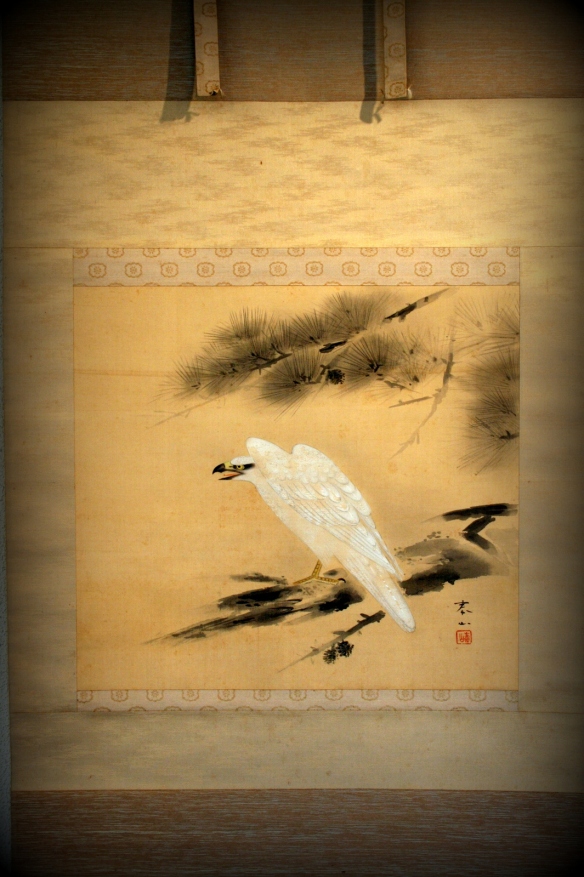
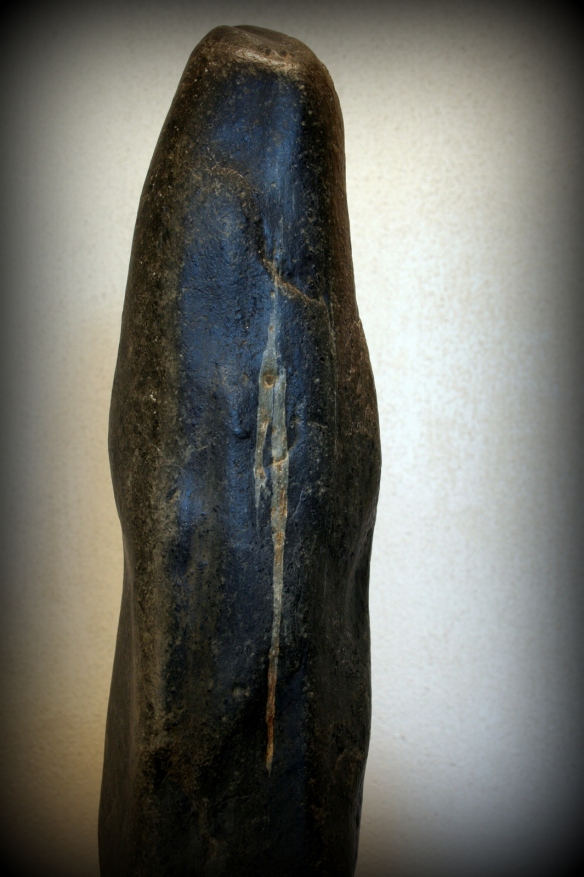

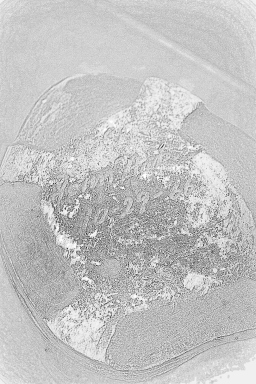
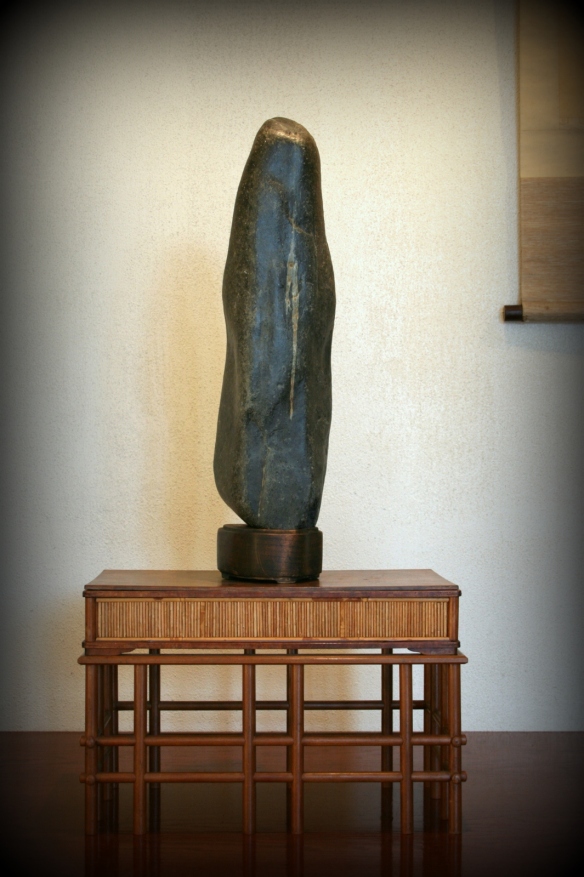

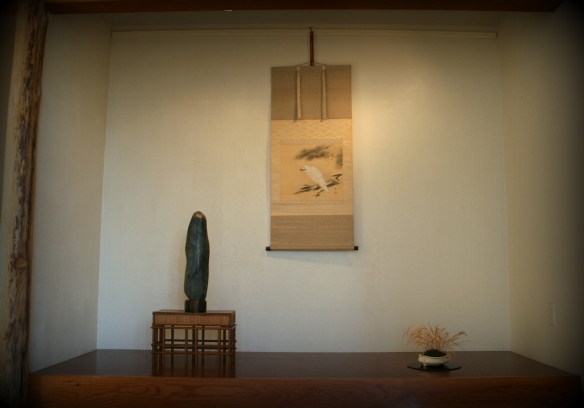
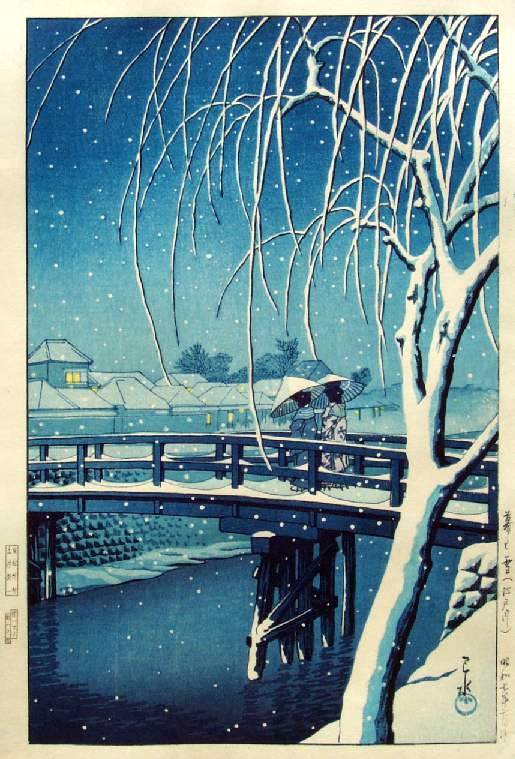






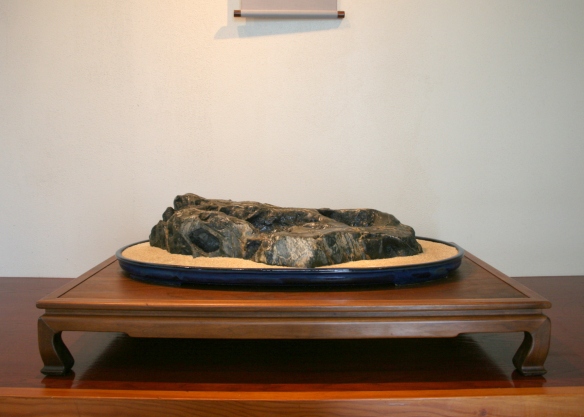
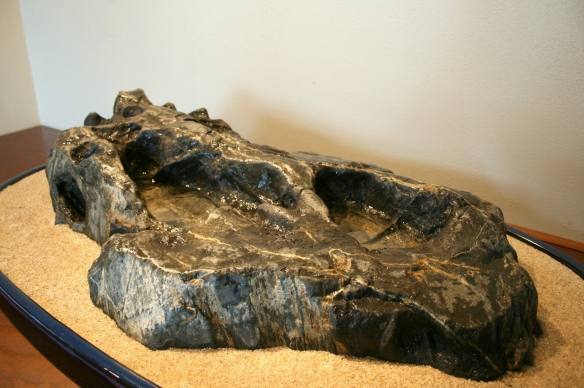


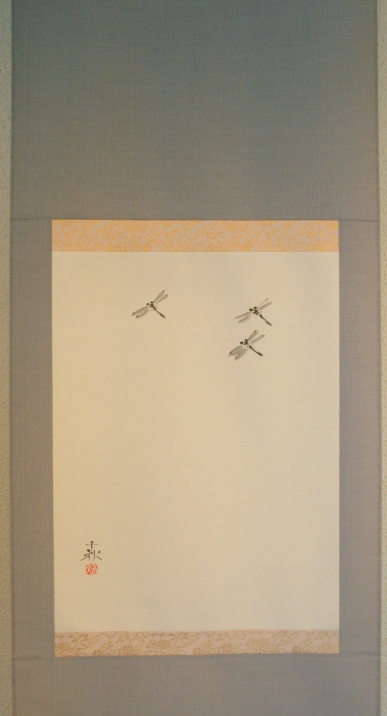
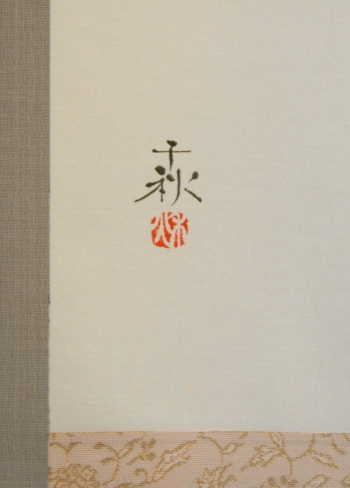
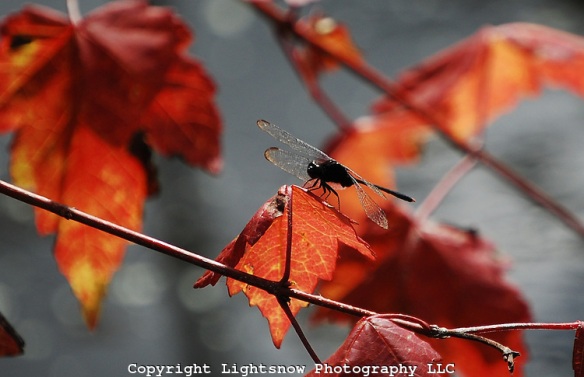
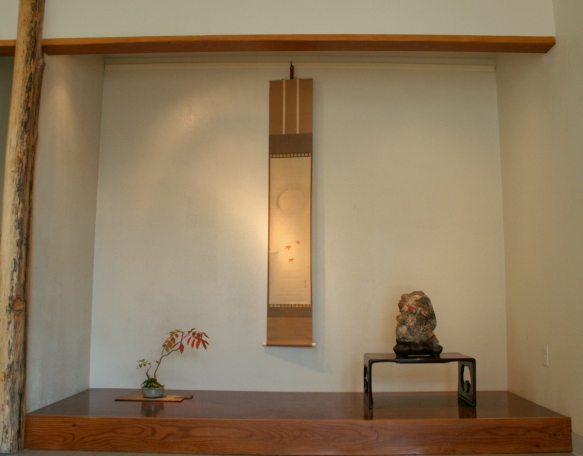
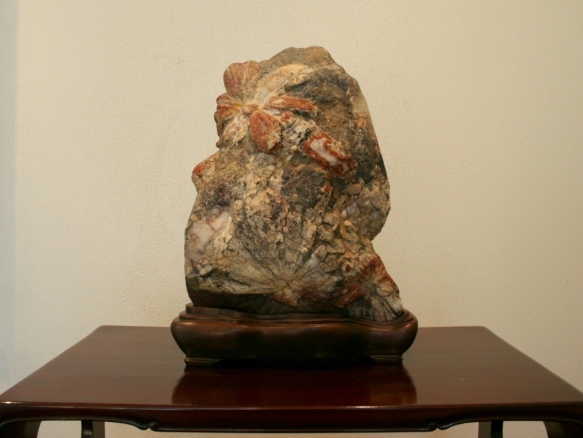
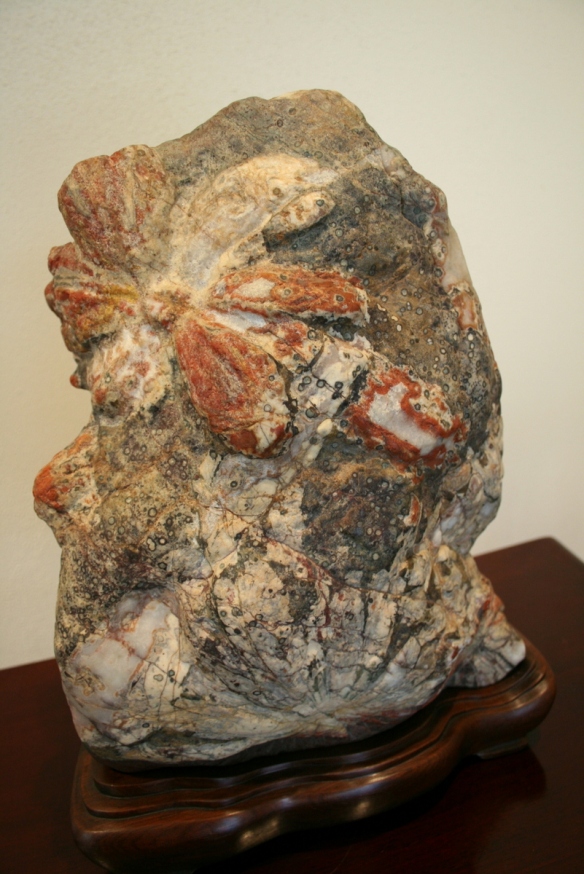
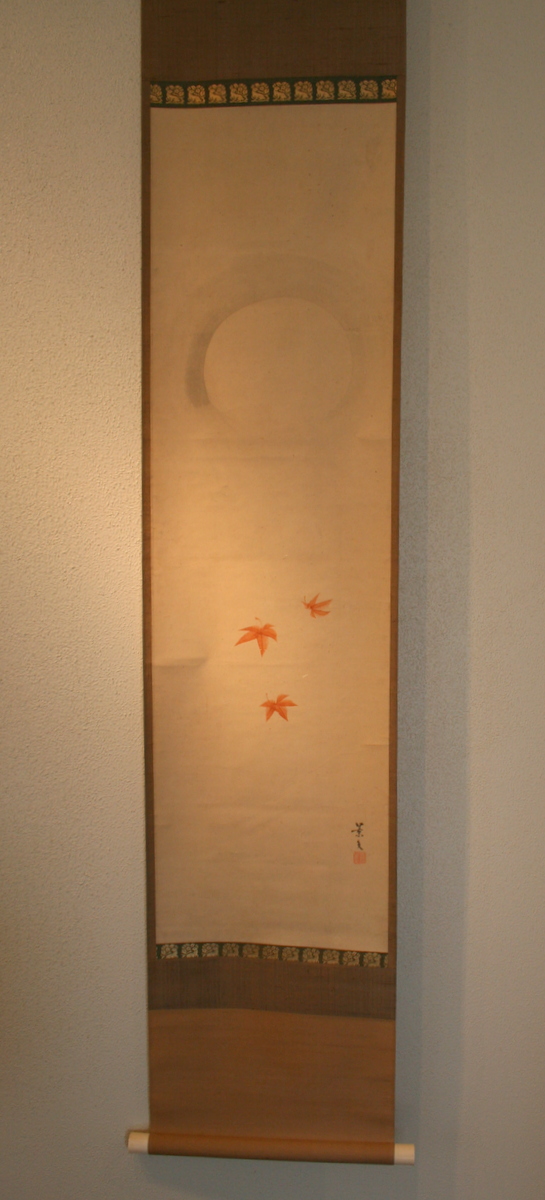
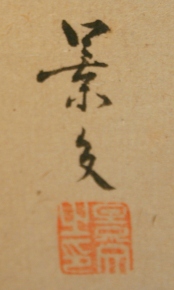











You must be logged in to post a comment.